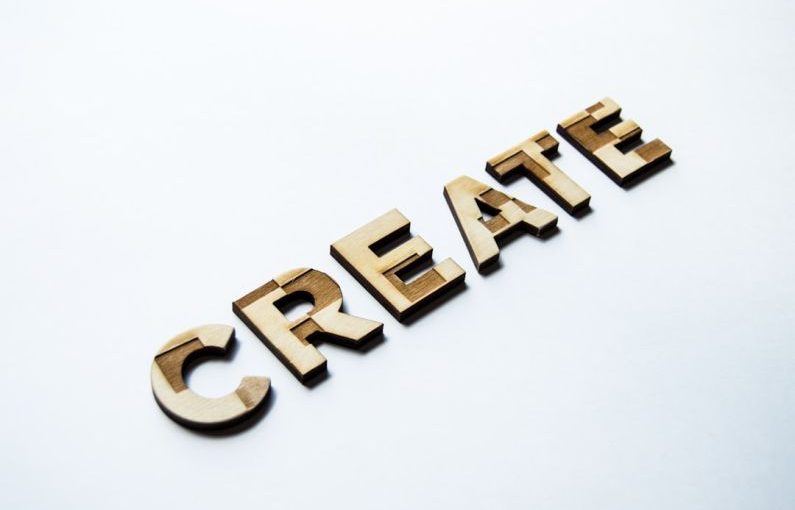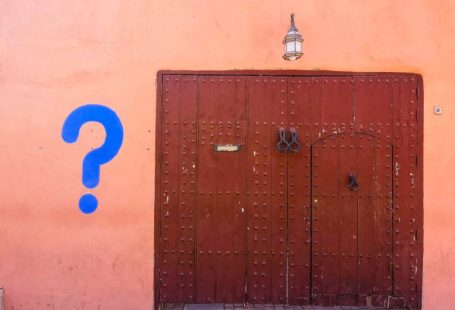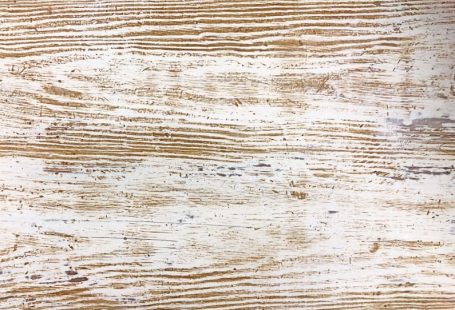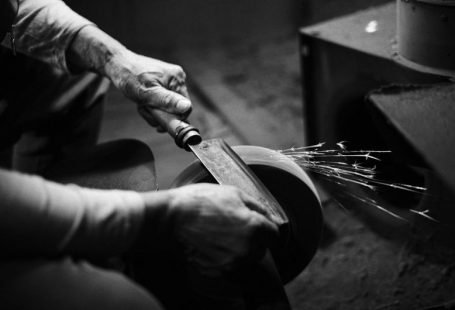Wood carving is a timeless art form that allows for creativity and craftsmanship to come together in a beautiful way. Whether you are a beginner or an experienced carver, choosing the best wood types for your carving projects is crucial to achieving the desired results. The type of wood you select can greatly impact the ease of carving, the level of detail that can be achieved, and the overall appearance of your finished piece. In this article, we will explore some of the best wood types for carving projects to help you make informed decisions for your next masterpiece.
Understanding Wood Hardness and Grain:
Before delving into the specific wood types suitable for carving, it is essential to understand the concepts of wood hardness and grain. Hardness refers to the density of the wood, with harder woods typically being more challenging to carve but offering greater durability. Softwoods are easier to carve but may be more prone to damage. Grain, on the other hand, refers to the direction in which the wood fibers run. The grain can affect how the wood cuts and how it holds detail.
Best Wood Types for Carving Projects:
1. Basswood:
Basswood is a popular choice among woodcarvers due to its softness and fine, even grain. This wood is easy to carve and is ideal for beginners or intricate projects that require fine detail. Basswood is also readily available and affordable, making it a versatile option for a wide range of carving projects.
2. Mahogany:
Mahogany is a hardwood known for its rich, reddish-brown color and beautiful grain patterns. While mahogany is harder to carve than basswood, it is favored by experienced carvers for its durability and luxurious appearance. Mahogany is suitable for larger projects or pieces that require a more substantial material.
3. Walnut:
Walnut is a dark hardwood with a rich, warm color that carves beautifully and holds detail well. While walnut is harder than basswood, it is still workable for carvers of all skill levels. Walnut is prized for its deep, lustrous finish and is often used for furniture making, decorative carvings, and sculptural pieces.
4. Cherry:
Cherry is a medium-hardwood with a reddish-brown hue that darkens over time, creating a beautiful patina. Cherry wood is known for its smooth carving properties and fine, straight grain. Carvers appreciate cherry for its workability and the way it takes finishes, making it an excellent choice for both functional and decorative carvings.
5. Maple:
Maple is a dense hardwood with a light color and subtle grain that carves well and holds intricate details. Maple is commonly used in carving projects that require precision and sharp lines. While maple can be more challenging to carve than softer woods, it offers a clean, polished finish that showcases the craftsmanship of the carver.
Choosing the Right Wood for Your Project:
When selecting a wood type for your carving project, consider the level of detail you wish to achieve, your skill level as a carver, and the intended use of the finished piece. Experimenting with different wood types can also help you discover which woods you prefer working with and which best suit your carving style.
Conclusion: Finding the Perfect Wood for Your Carving Projects
In conclusion, choosing the best wood types for your carving projects is essential for achieving the desired results and bringing your artistic vision to life. Whether you prefer the softness of basswood for intricate details or the durability of mahogany for larger pieces, exploring different wood types can enhance your carving experience and expand your creative possibilities. By understanding the characteristics of various woods and how they impact your carving process, you can select the perfect wood for each project and create stunning works of art that showcase your talent and craftsmanship.





